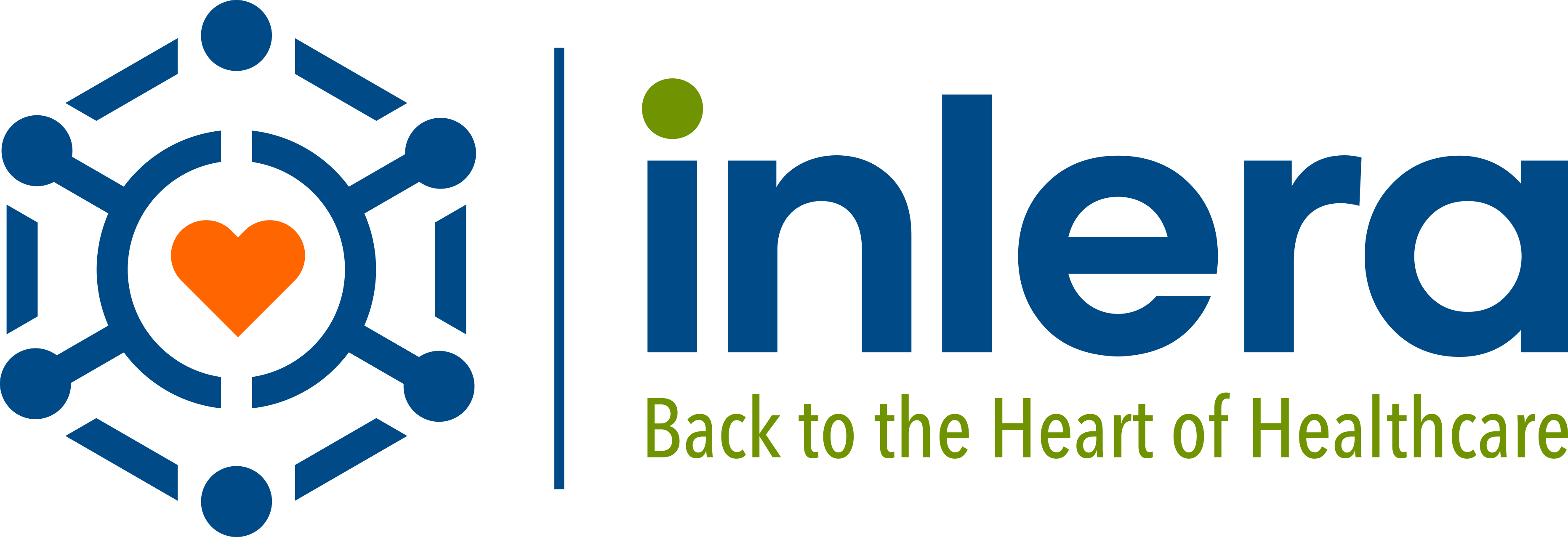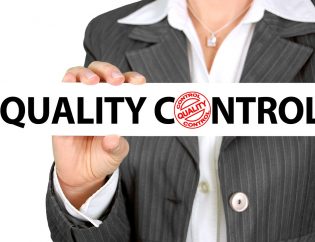
Credentialing audits are a way the healthcare industry is able to validate a provider's qualifications. Without these audits, patients would have little trust in the doctors they choose to see. Credentialing audits also serve as a gatekeeper to organizations against potential lawsuits and compliance violations.
You may be asking yourself, how do I start the initial credentialing process? What documents do I need to have ready? How do I remain prepared for any audit that occurs after I’m already credentialed? The quote “failing to prepare is preparing to fail” stands true when it comes to credentialing. Any information that is not readily available could cause significant delays in the process, which will result in a loss of profit for both the provider and the organization.
Below, we provide important tips on how to get and stay prepared for all your credentialing needs.

HRSA: Credentialing Audits
Most healthcare organizations will lean on the Health Resources and Services Administration (HRSA) checklist to ensure their providers have all the necessary documents to seamlessly go through the initial credentialing process. In addition, every two years, HRSA will conduct audits for all provider credentialing, coding, finance, and billing departments. They act as a protector of patients by managing health centers to make sure they’re operating their practice both safely and accurately.
Below is the list of documents HRSA requires to properly credential a provider:
- Government-issued photo identification
- Licensure to practice
- Work history
- Education/diplomas
- Any board certifications
- Any residency certifications
- References
- Malpractice history/background report
- Verification of Drug Enforcement Administration (if applicable)
In addition to the above documents, which will go through the Primary Source Verification Process, HRSA also requires that all providers are registered with the National Practitioner Data Bank (NPDB). This tool acts as a centralized source to both improve healthcare and prevent malpractice from happening. Once all providers within an organization are enrolled in NPDB’s continuous query, it provides real-time reporting if any changes occur in the providers’ file.
By following HRSA’s recommended series of steps, an organization can sleep easy knowing they did their due diligence before allowing a provider to treat patients.
How We Successfully Aid in the Credentialing Process
The credentialing process from start to finish requires immense organization, an extensive time commitment, and serious follow-up skills. Most providers dread this process as they already have a million other tasks on their plate.
At Inlera, we start by gathering everything we need from you through painless and secure online forms. Within hours, we are able to set the wheels in motion for your credentialing process. We take the time (that you likely don’t have!) to conduct all necessary follow-ups that will keep the ball rolling. Throughout the process, we will provide general updates, so you are always in the loop with where your audit stands.
Once the initial credentialing process is wrapped up, Inlera is able to maintain your credentialing records and conduct any re-credentialing as needed. If this sounds like something you could benefit from, we would love to help. Contact us today to learn how Inlera can help you get prepared for the initial credentialing process and stay prepared for any audits that occur thereafter.

Jasmine Vializ is the President and CEO of Inlera, a billing and practice management company designed to increase the quality of healthcare by helping doctors to prioritize their patients while boosting their bottom line.










